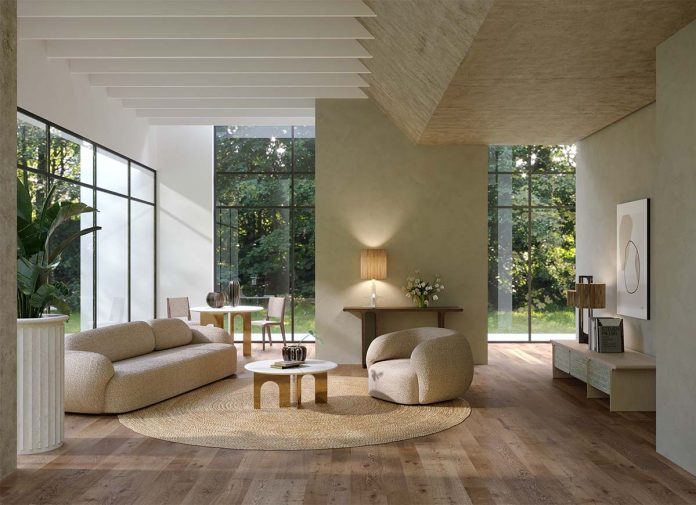Can there be a meeting ground between luxury and sustainability? The answer might be yes. Luxury brands are taking their first steps on a sustainable path to lower environmental impact, to produce unique masterpieces that respect nature and its resources. Among the companies that have forcefully voiced their commitment there is Visionnaire, which has made sustainability its mission, marking the start of a new decade of necessary environmental and social awareness: the brand, which now presents itself as a meta-luxury manifesto, has developed new practices for responsible use of materials, an effort that translates into technological research and investments in efficiency of the chain of production, along with a focus on the quality of life of artisans.
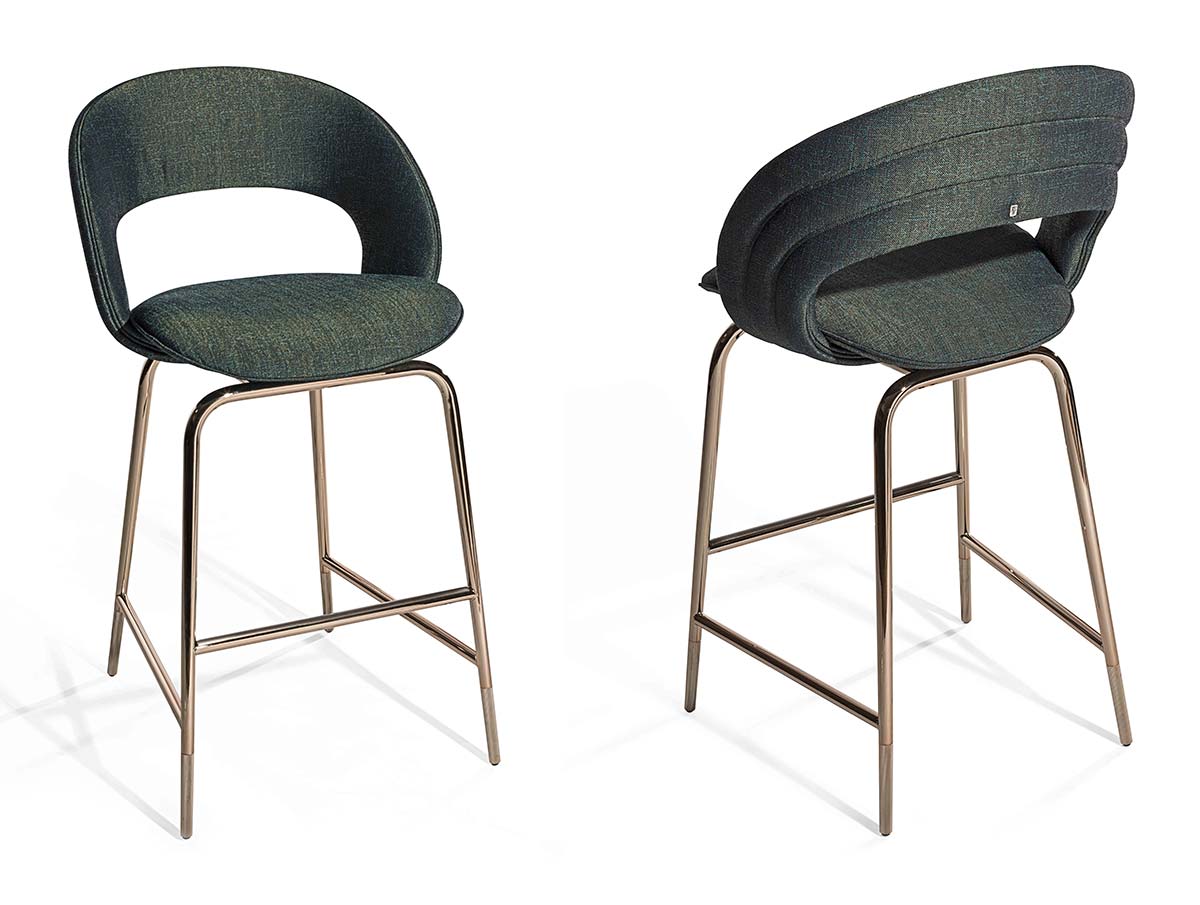
One example is Iris, the indoor–outdoor fabric composed of polyester yarns obtained from reuse of plastic bottles discarded in the environment. The fabric is produced with low CO2 emissions and less wasting of water, for energy savings of over 60% with respect to normal production processes.
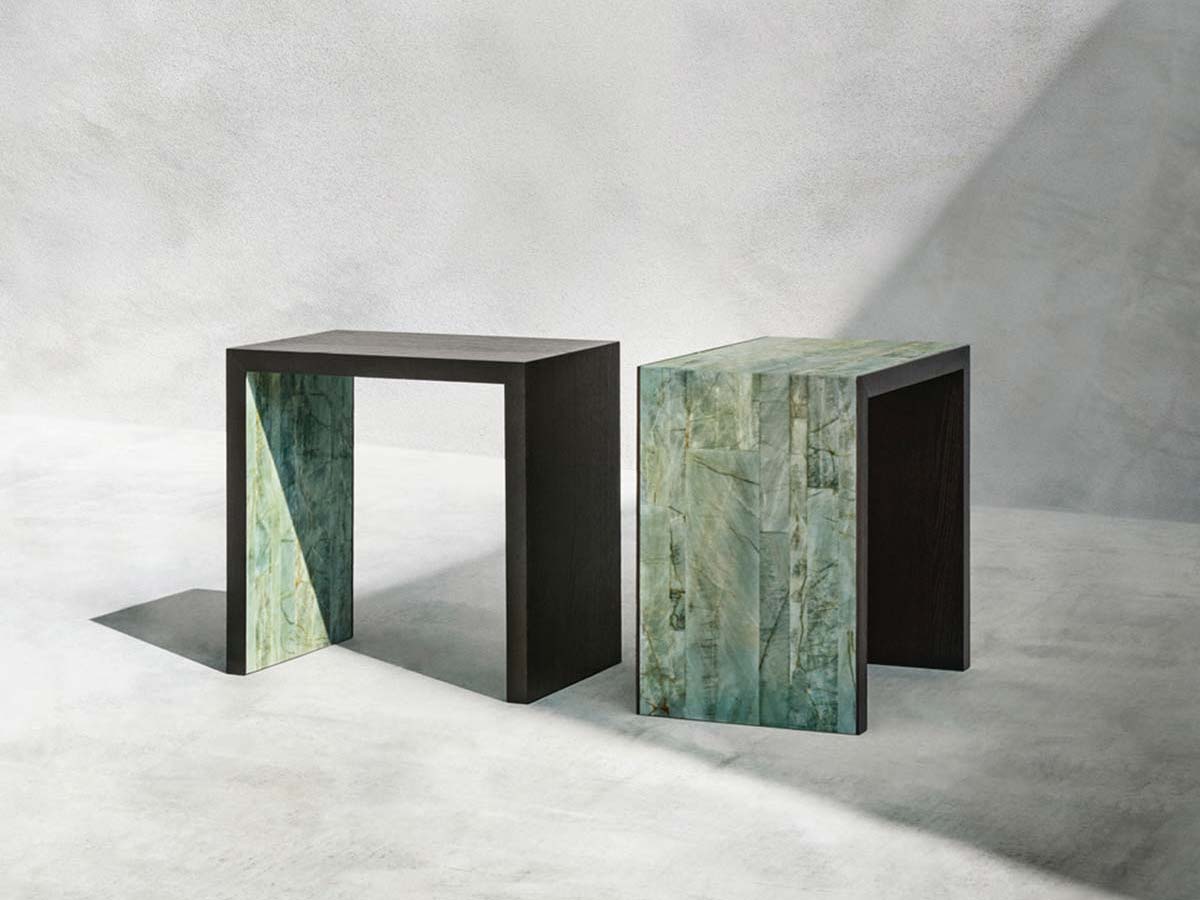
Another company that has embraced the philosophy of the circular economy is Armani/Casa, which for the Puro tables has chosen ash wood and emerald quartzite obtained by recycling panels of wood and stone used for the creation of other items in the collection, while for the home accessories, such as the Premier placemats, the firm uses recycled shirt fabrics.
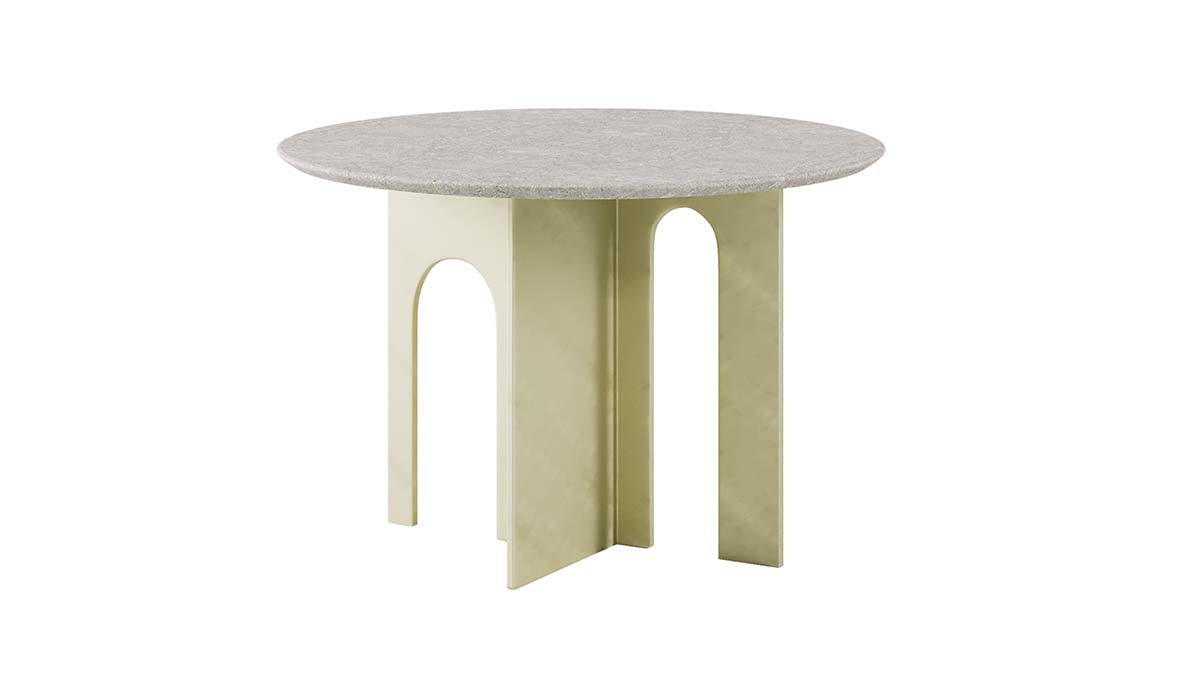
Then there is Paolo Castelli, which for the Arche table offers the possibility of choosing a top in Vicenza stone, as well as a version in recomposited stone or natural carbon regenerated with brass shavings, an eco-friendlier variant that does not sacrifice good looks and refinement.
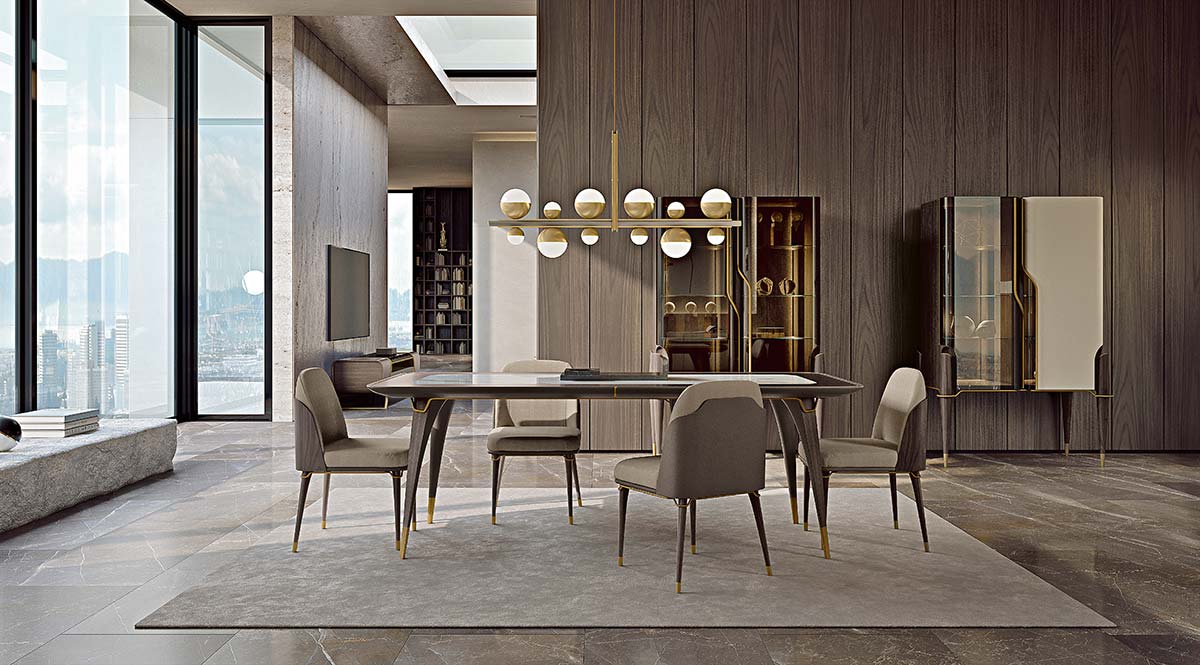
Our list continues with Turri, which in the Melting Light collection opts for natural wood, not treated with varnishes or coatings, in a tribute to the beauty and purity of nature.
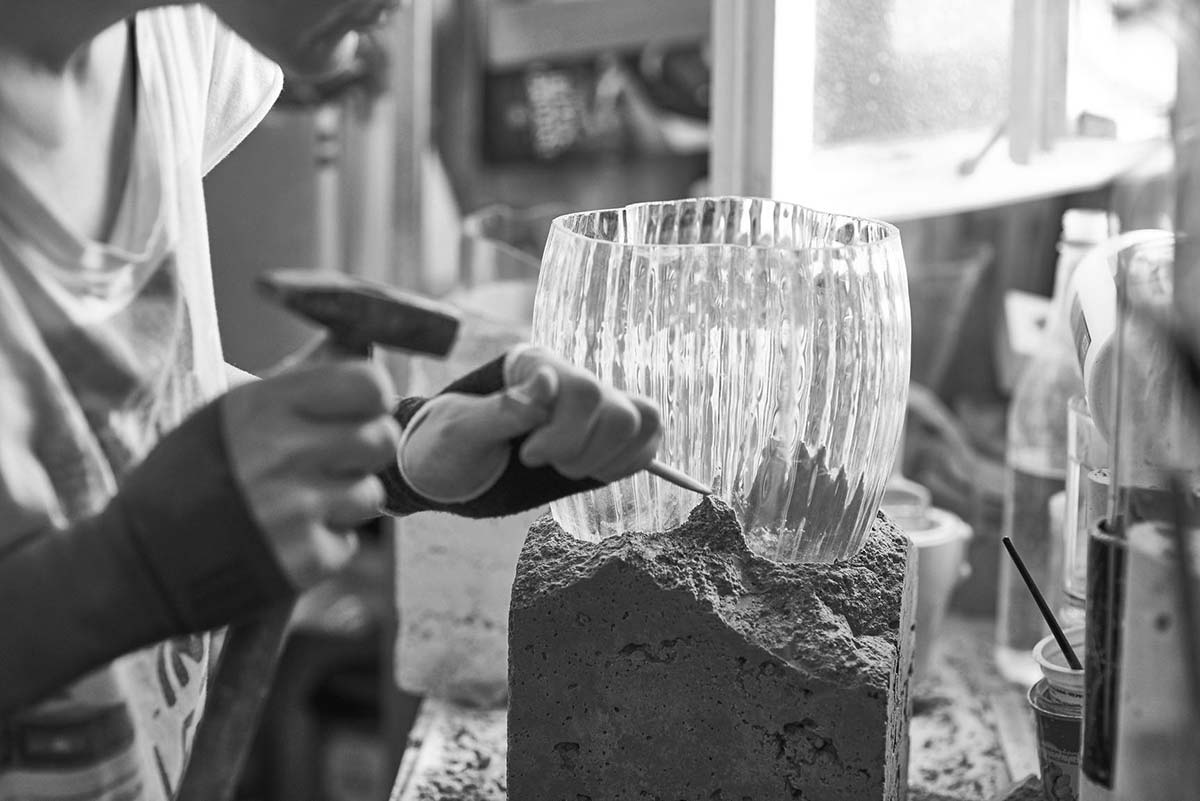
In the field of lighting, Preciosa, in Bohemia, the land of crystals, has launched a policy of environmental responsibility, guaranteeing safe working conditions throughout the production process and practices that safeguard the environment, with reduction of water consumption, creation of less waste, and reuse, as in the case of the collection of vases and objects created in collaboration with the brand Prasklo, in concrete and glass recovered in-house.
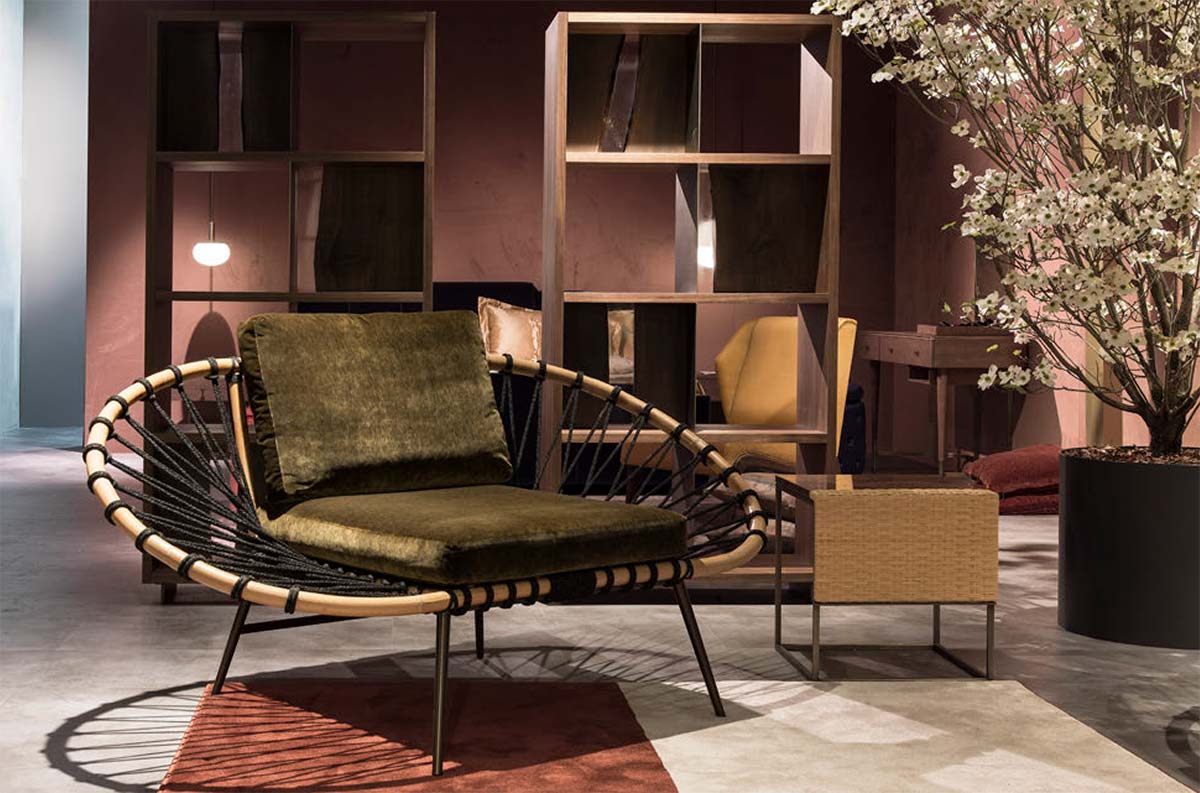
Finally, Zanaboni – with Discovery and Green Channel for Zanaboni Edizioni – explores this new direction through awareness in the use of materials, reducing the elements to move towards slimmer structures and essential volumes. Small steps for a big breakthrough – and the planet is grateful.

